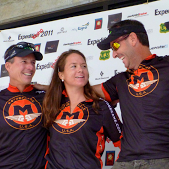[Mandatory Gear] [Event Rules]
What is Adventure Racing?
If you have ever wondered, click here for a brief explanation of our great sport.
So you’ve decided to try adventure racing?
Here is what to expect at your first race…
Picking the Race
Adventure races are categorized by skill levels needed for each race. For your first race we recommend selecting a Family class or Sport class race. If your team-mates are all capable of running 4-5 miles and are comfortable on a mountain bike – sport class is the way to go. Do not start your first race at the elite level (most races will not let you anyway) no matter how strong of an athlete you are.
- Family races are suitable for kids of all ages. Here’s a great video that highlights the Family races.
- Sport races are designed for maximum fun.
- Elite races may require specific skills or even certifications.
Distances
Adventure racing involves three main disciplines… Biking, Trekking, and Paddling. We often get asked what the distances for a particular race are, but in AR, distances are hard to estimate. What we can tell you is that you can expect to spend an equal amount of time in each discipline. For example, in a 8-hour race, you can expect to spend about 2.5 hours on the bike, 2.5 hours on foot, and 2.5 hours on the canoe. Whatever the race length is, simply split the total time evenly between all three main disciplines.
What we provide
FLX provides all the canoes, life vests, and paddles. Sport and Elite teams are allowed to bring their own paddles if they so choose to. For 3-person teams we provide middle seats for the canoe.
We also provide water at the main transition areas and most races will have great post-race food.
What to Bring
Most races will have a mandatory gear list. This list gets longer as you progress up the levels of adventure racing, but for your first race a compass and hydration (pack or bottles) is usually sufficient. Make sure you have the appropriate clothing for the weather conditions and I like to have some extra socks at the transition. A change of clothes for after the race is also good.
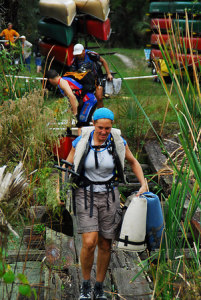
Showing Up
Each race will list a check-in time. We recommend showing up 20 minutes ahead of this time to set up your team transition area. You will be in and out of this area a few times during the race and it is where you will have access to food, shoes, bikes, and all race gear you brought. Transition areas can be as simple as a spot of dirt to lay your bikes, or elaborate tent setups with tables, chairs (and some teams even bring grills and decorate their transition).
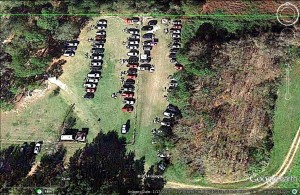
Check-in
Once your team is together it is time to check in. Most teams try to get to check in at the time posted. This is where you will get your maps and race instructions. This is when you start preparing for the race. The team (or at least one team member) will want to go over all the instructions an develop a race plan. You can plan routes on your maps, develop strategies for food and what gear you want when, and pretty much prepare for the race. Don’t worry – you will get better at this each race and there are usually plenty of people to help you if you do not know what you are doing.
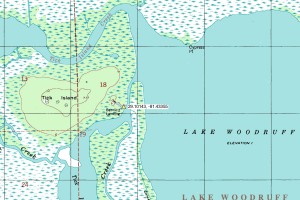
The Pre-Race
Before each race the race director will give all the teams special instructions and go over the course with all the teams. If you have any questions about what to do – these will be answered in the pre-race. By the time the pre-race is done you will have a pretty good idea of at least what is going on.
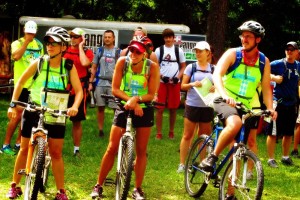
The Race
The start is usually all the teams gathering at the predesignated start location and then someone yells go. It is typical for teams to all head in separate directions. This is what they were planning after they checked in. Enjoy yourself, you are having fun.
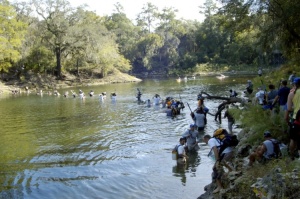
Transitioning and Finishing
You will probably be checking into and out of the transition a few times during the race. Some races also have remote transitions where you may bike to, drop your bikes and do something else (like run or paddle). The instructions will be on your passport that you got when you checked in – and you asked all the right questions at the pre-race right?
Most adventure races (not all) have a time limit. The idea is to do as much of the course as possible before that time limit expires. When you have done all that you can (or cleared the course) you will check in at the finish and let them know you are done. They will be recording your times.

Post Race
Stick around after the race for the post-race. Their is usually food and awards, pictures, and a generally party like atmosphere. Congratulate yourself – you are now officially an adventure racer, part of the most elite group of athletes in all of sports.
